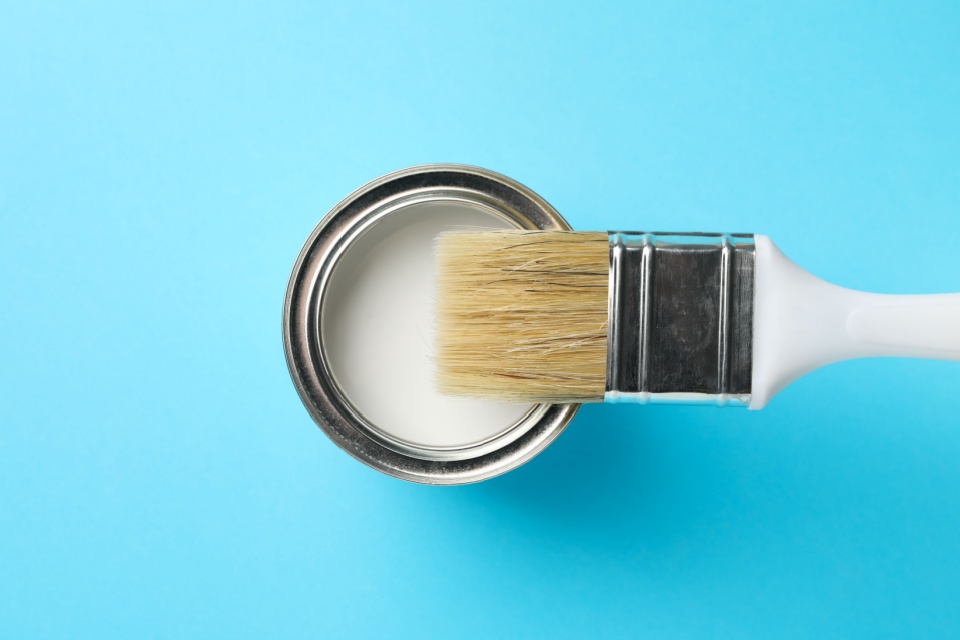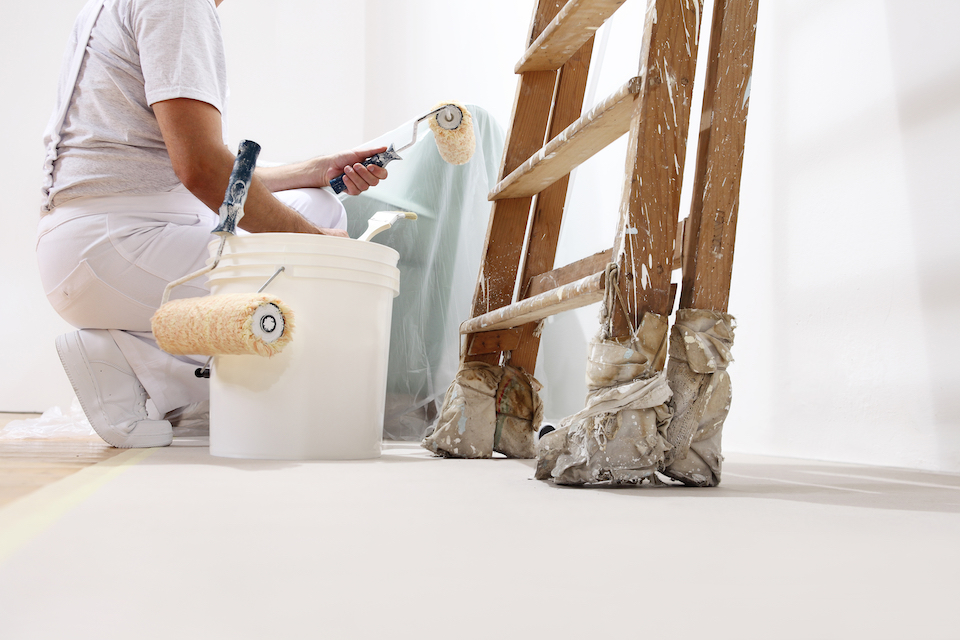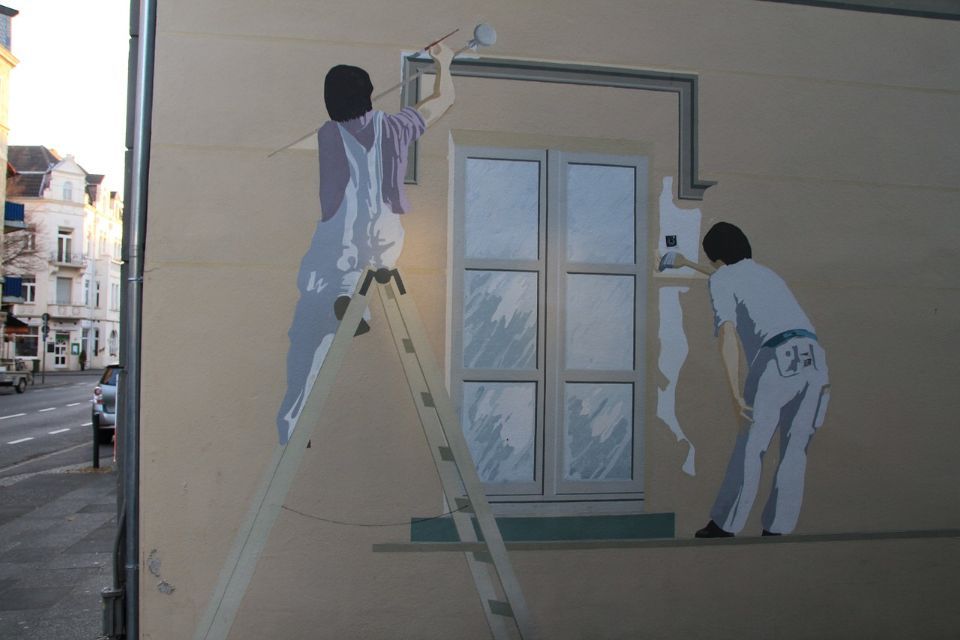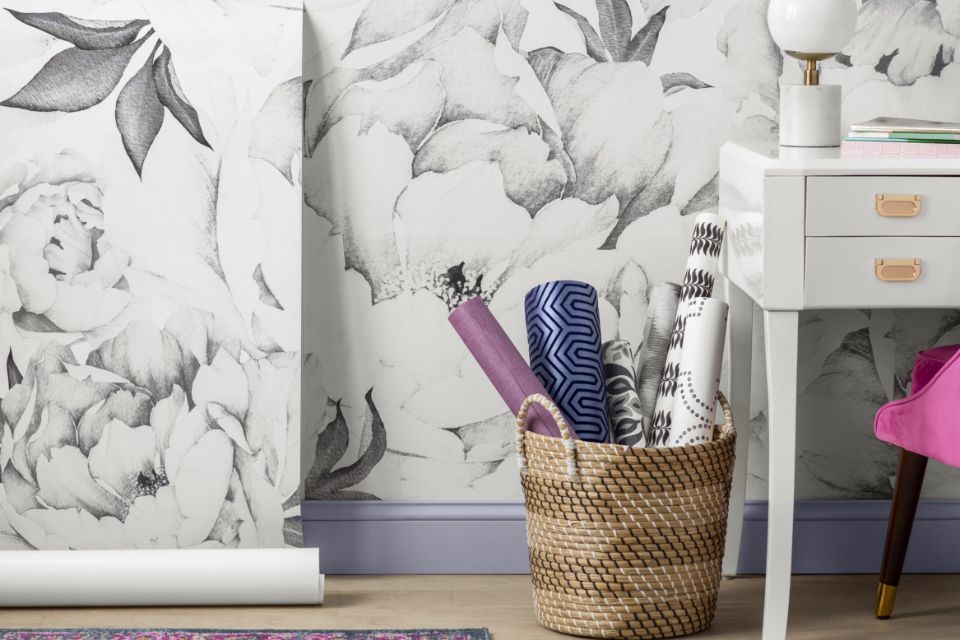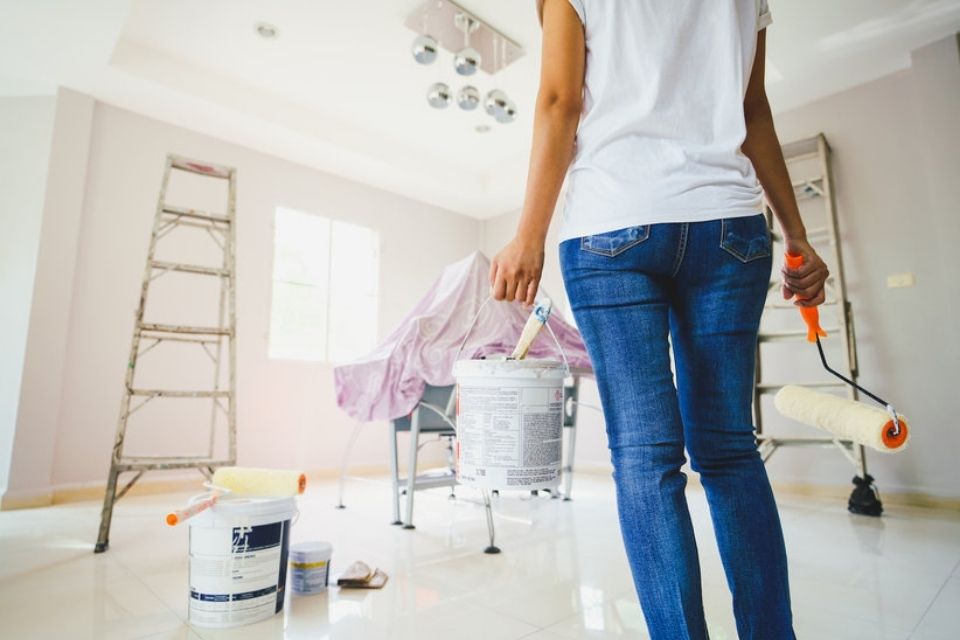What is Satin?
Satin or satinwood paint has a mid-sheen finish which reflects some light and is normally applied to walls and woodwork. This type of paint is ideal for wooden surfaces with imperfections such as dents or scratches, as satin paint can easily hide the damage. However, if you have any damage on your walls, satin paint may not hide cracks well due to its glossiness.
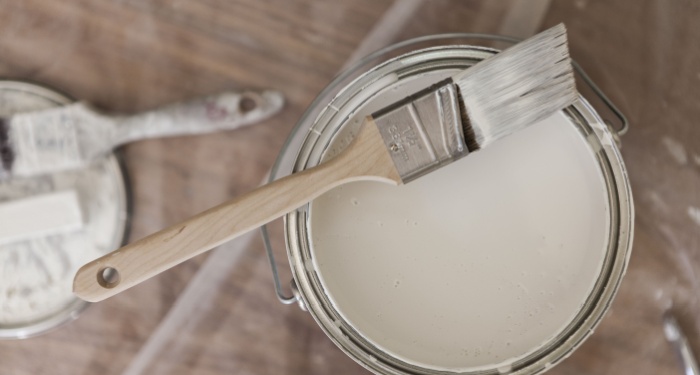
The average cost of satin paint is around £2 to £22 per litre. You can buy satin paint from most local DIY stores, including B&Q, Wickes, Screwfix and more.
There are various types of satin paint to choose from, including water-based paint, quick dry emulsion, wood and metal paint, furniture emulsion and spray paint.
What is Gloss?
Gloss paint has a shiny finish with a very reflective surface which helps to enhance light in dark spaces. This type of paint creates an appealing aesthetic which works well for a variety of surfaces, including walls and woodwork. While it looks great, it is not ideal for covering imperfections, as the shine tends to expose damage, although it is very easy to clean.
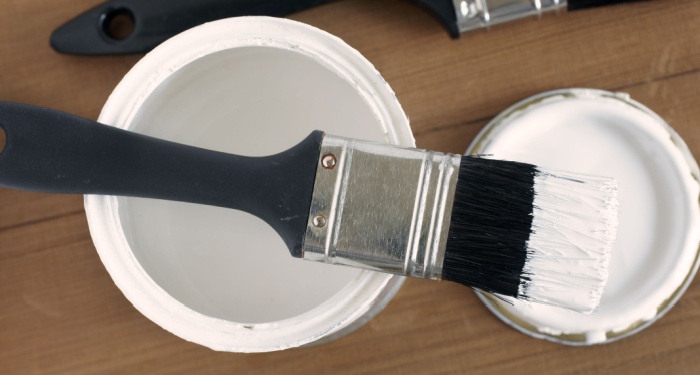
Gloss paint usually costs around £6 to £27 per litre and is one of the most durable paints available. You can purchase gloss paint from a range of stores including Wickes, B&Q, Screwfix and more.
You can purchase a variety of different gloss paints including fast-drying emulsion, water-based paint, one coat gloss paint, gloss undercoating and more.
What is Satin Used for?
Satin paint is normally used for high-traffic areas such as kitchens and bathrooms, as it is durable against cleaning and scrubbing. It is a popular choice for wood surfaces, as it can renew the look of wooden furniture.
What is Gloss Used for?
Gloss paint is typically applied to doors, skirting boards and kitchen cabinets to create a long-lasting high-gloss finish. You can also use gloss paint for wood and metal surfaces, including wooden tables or metal cabinets.
Satin vs Gloss
The main difference you will notice when comparing gloss vs satin is that satinwood has a mid-sheen finish while gloss paint has a high-sheen, so the paint you choose will depend on the type of aesthetic you are looking for.
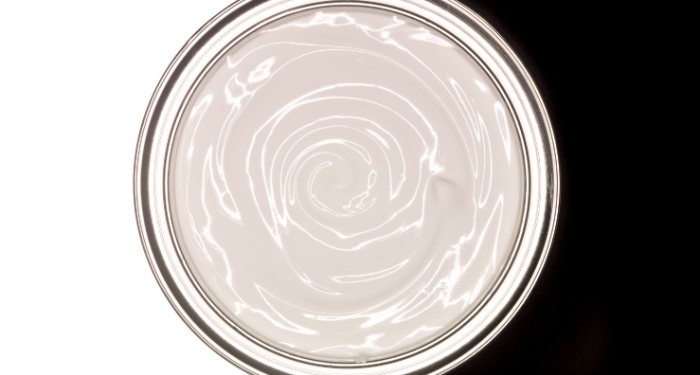
The typical cost of satin paint is slightly less expensive as it ranges from £2 to £22 per litre, while gloss paint is more costly at around £6 to £27 per litre. Both paints can be used on walls and wood surfaces, although satin tends to be the best option as imperfections can be covered up more than they can with a gloss application. Satin is also used for kitchen and bathrooms, while gloss is the best option for cabinets, doors and trims.
The drying time for the two types of paint is similar, although gloss paint takes slightly less time at around four hours and satin paint could take up to six hours to dry with an average two-coat application.
Out of the two paint types, gloss is the more durable of the two, although satin paint is robust to an extent it may fade quicker than a paint with a high-sheen. With gloss, your paint may last up to five years or more, although satin paint may need to be reapplied after three years. If re-painting over satin paint, then you may need to sandpaper the walls first before applying a primer, while gloss paint may only require cleaning and the application of a grip primer.
To help you choose the right paint here is a clear breakdown of the pros and cons of each paint type:
Satin Pros & Cons
Pros:
- Offers a more subtle aesthetic
- Satin paint is resistant to scrubbing
- Good for high-traffic rooms
- Reflects light better than matte paint
Cons:
- Satin paint is difficult to touch up
- Imperfections may stand out but not as much as gloss
- May fade over time
- The walls will need to be fully-prepared before re-painting
Gloss Pros & Cons
Pros:
- Highly-durable
- Easy to clean
- Great for high-traffic areas
- Reflects light well
Cons:
- Cannot be used for exterior surfaces
- Gloss paint amplifies imperfections
- Re-painting over gloss is not recommended
- Gloss paint is harder to apply
Types of Satin Paint
There is a range of satin paint options to choose from including:
Water-Based Satin Paint
Water-based or acrylic satin paint contains a water-based solvent which is long-lasting and contains a low level of volatile organic compounds, which makes it less harmful. The average cost of water-based satin paint is around £6 to £10 per litre, and this type of paint usually only required two layers.
The problem with water-based satin paint is that it is prone to damage such as scuffing or cracking, which can be hard to repair with satin-sheen paint.
Satin Wood Paint
The average cost of satin wood paint is around £4 to £25 per litre, which is normally applied to wood surfaces such as tables, cabinets, chairs, skirting boards and more. This type of paint will enhance the look of your wood furnishings while also protecting it from damp.
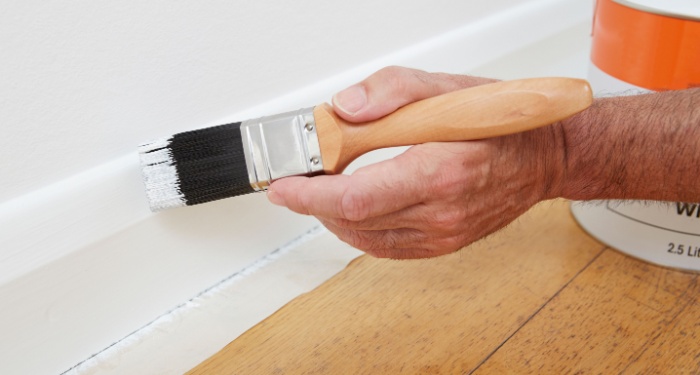
The main issue with satin wood paint is that it is permanent and hard to remove, so if you do not like the colour, it can be hard to remove. It is also prone to bubbling and peeling.
Satin Spray Paint
Satin spray paint is a sealed aerosol paint which normally costs around £6 to £15 per bottle. An advantage of choosing satin spray paint is that it is very easy to apply and offers better coverage and also dries faster than normal paint.
The problem with spray paint is that it is a lot more expensive than water-based paint, and it is also more harmful, so ventilation is required. Due to the increase of VOCs, spray paint can also be damaging to the planet.
Types of Gloss Paint
If you are looking for the best gloss paint for your renovation project, you should take a look at the following guide:
Quick-Dry Gloss Paint
Quick-dry gloss paint is normally made up of a water-based solvent which touch dries in one hour or less, which is the main benefit of this type of paint. The typical price for quick-dry gloss paint is around £8 to £24 per litre. Quick dry paint normally has a low odour and tends to be long-lasting and non-yellowing.
One of the main disadvantages of quick dry gloss paint is the lack of shine and durability in comparison to normal gloss paint. It also requires more paint layers, as one or two applications may not suffice.
One Coat Gloss Paint
One coat gloss paint usually costs around £8 to £18 per litre. The main function of one gloss paint is that you only need to apply one coat with a gloss roller – making the application quick and easy and does not require an undercoat.
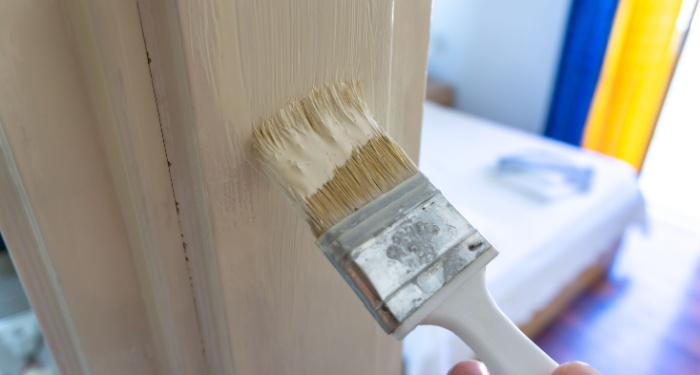
One coat white gloss paint is not the best option for wood surfaces or chipped walls, as a typical primer and paint will need to be used to ensure it is long-lasting. It also may not be as durable as normal paint, so you may have to apply another layer.
All-Surface Gloss Paint
All-surface gloss paint can be used for a wide range of surfaces including kitchen cabinets, wooden furniture, metal furnishings and more. This type of paint usually contains and primer and is normally priced at £8 to £20 per litre.
If using on non-ferrous or galvanized metals, you may need to use an additional primer which may take a lot longer to apply. It is also not the best choice for covering damaged surfaces, as gloss paint tends to show imperfections.
Cost of Hiring a Contractor
If you are not experienced with painting, then you may want to consider hiring a professional painter to decorate your home. The average painter and decorator usually charge around £100 to £300 per day for a large paint job, while a small paint job may only cost £15 to £40 per hour.
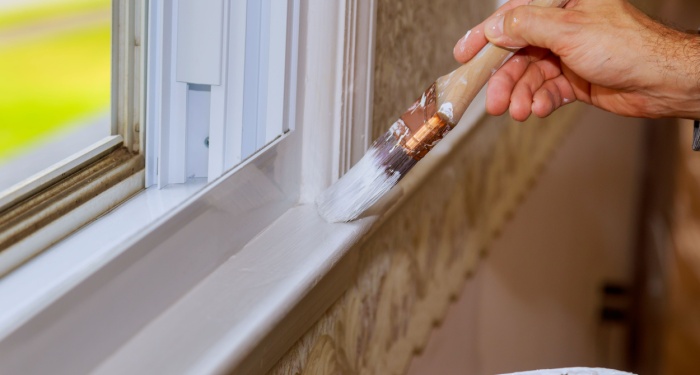
They may also charge varying prices for different jobs, for instance, painting skirting boards normally costs around £180 to £350, while door painting ranges from £220 to £1600. If you need your staircase painting, you should expect to pay around £300 to £650, and the cost of decorating kitchen cupboards is about £600 to £1000.
FAQs
Q: How long does satin paint take to dry?
A: Satin paint normally takes around four to six hours to dry before another layer can be applied. However, you can purchase one coat paint which touch-dries in under an hour, although they may not be the most durable option.
Q: What is the best water-based gloss paint?
A: One of the best water-based gloss paints is Dulux quick dry, which is low in volatile organic compounds and also has a low odour and is, therefore, less harmful and eco-friendlier. Crown quick dry gloss is also an effective water-based gloss paint which has a non-yellowing formula that allows it to be long-lasting and also very easy to clean.
Q: Why does gloss go yellow?
A: White gloss paint that is oil-based can go yellow if the surfaces are exposed to a significant amount of sunlight and harsh chemicals. The lack of volatile organic compounds is also a contributing factor; although it makes the paint safer, it can make the paint less effective.
Q: Can you use satin paint on exterior?
A: You can apply satin paint to exterior surfaces, including both wood and metal furnishings. Satin paint is ideal for exterior use as it is resistant against dirt, debris and mildew, which can help to prevent moisture damage.
Q: Is gloss paint waterproof?
A: The majority of high-gloss paints are waterproof, so surfaces painted with this type of emulsion can be cleaned with a damp cloth without causing moisture damage. It can also be used in areas such as the bathroom or kitchen where there is a significant amount of moisture build-up.
Sources
- https://www.qualitysmith.com/painting/pros-and-cons-of-one-coat-painting
- https://www.crownpaints.co.uk/products/quick-dry/gloss
- https://centsationalstyle.com/2009/08/spray-paint-pros-and-cons/
- https://www.dunbarpainting.com/pros-cons-painting-wood/
- https://www.rawlinspaints.com/blog/gloss-or-satin-whats-the-difference/
- https://www.dulux.co.uk/en/decorating-tips-and-advice/dr-dulux-paint-finishes-explained

